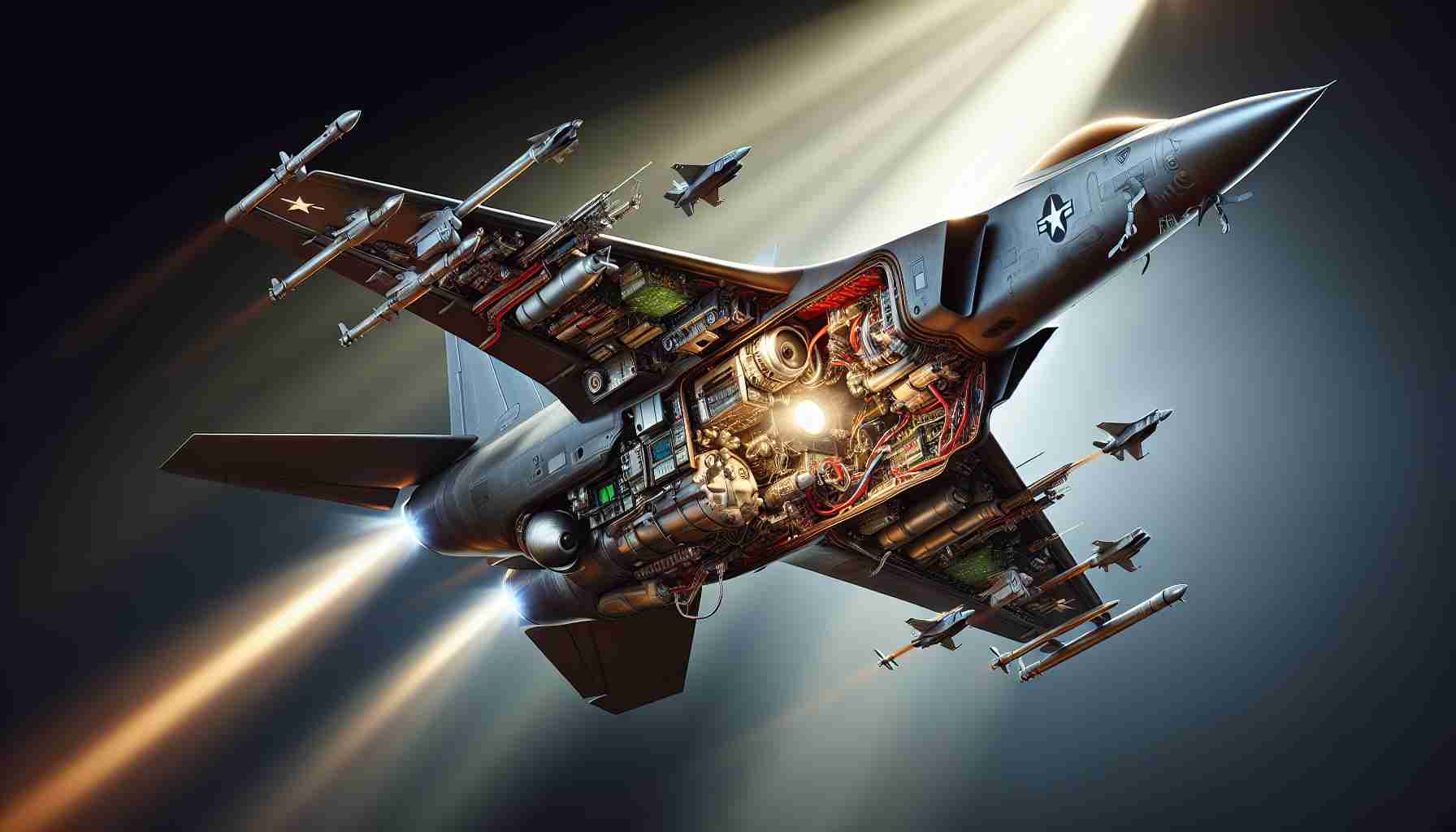A recent Marine Corps report brings clarity to the puzzling incident involving an F-35 fighter jet that flew without a pilot for over 11 minutes before crashing in September 2023. The investigative findings suggest that the pilot’s decision to eject was “inappropriate,” classifying it as pilot error. The flight emergency, initially perceived as out-of-control, turned out to be an incorrectly assessed situation, despite the severe cognitive and flight challenges faced by the pilot.
On that fateful day, the pilot encountered adverse weather and multiple electronic malfunctions. Despite these hurdles, support systems ensured the aircraft remained operational post-ejection. After abandoning the jet, the pilot landed safely and used a nearby homeowner’s phone to report the incident to emergency services.
The F-35, valued at nearly $100 million, flew approximately 70 miles without its pilot, aided by its sophisticated automatic flight control systems. While the aircraft’s stealth technology caused a temporary loss of radar contact, the wreckage was eventually discovered in a remote area near Hemingway, South Carolina. The crash created a substantial impact zone, sprawling across dense forests and farmlands.
Remarkably, no ground injuries were reported, although the crash damaged both the landscape and crops. The investigation revealed that despite the electrical failures, the backup systems managed to keep the F-35 airborne after the pilot’s ejection. Consequently, no punitive measures have been proposed following these findings, highlighting the complexities inherent to operating advanced stealth fighter jets.
Unveiling the Skies: The Hidden Truths of Unmanned Fighter Jet Flights
The aviation world was recently rocked by an extraordinary incident involving an F-35 fighter jet that flew autonomously for over 11 minutes before crashing, leading to a deeper examination of the implications of unmanned flights in both military and civilian contexts. While the Marine Corps report primarily focused on pilot error, significant facets about the broader consequences and ongoing debates around autonomous military aviation remain underexplored. This incident raises questions about safety, technological reliance, and the future of aerial warfare.
Exploring Autonomous Flight: A Look Into the Future
The F-35’s ability to stay in the air for an extended period without a pilot has sparked discussions about the potential of fully autonomous fighter jets in military operations. The technological prowess demonstrated by the aircraft’s automatic flight control systems hints at a future where unmanned combat missions could become the norm.
How Does This Affect Everyday Lives?
While the incident took place in a relatively secluded area, with the crash causing no fatalities, it exposes potential risks to civilians’ safety. What if such jets malfunction over populated areas? As drone technology continues to evolve, societal concerns must be addressed, particularly regarding the safety protocols and emergency response mechanisms needed to handle autonomous flight failures.
Communities on the Edge: Balancing Innovation and Safety
For communities near military bases or frequent flight paths, incidents like this highlight the need for robust safety measures and effective communication between the military and local authorities. Residents could be skeptical about the assurances of safety, leading to a cautious acceptance of advanced military technologies operating in their vicinity.
Weighting the Pros and Cons
Advantages:
– Enhanced Capabilities: The potential for drones and autonomous jets to execute high-risk missions without endangering human pilots is highly appealing to military strategists.
– Cost Efficiency: Over time, reducing the need for pilots could lead to financial savings, allowing for reallocation of resources to other defense priorities.
Disadvantages:
– Technical Failures: The reliance on technology brings potential risks of malfunctions, which could lead to unintended consequences, as seen in the September 2023 incident.
– Ethical Concerns: The move towards autonomy raises ethical dilemmas about the absence of human judgment in combat situations, where discernment and experience play critical roles.
Controversies and Questions to Ponder
– Are we ready for a fully autonomous military fleet? While technology has advanced rapidly, the human element in decision-making processes cannot be entirely replicated by machines.
– What measures are in place to prevent similar incidents? The existing protocols need evaluation and enhancement to mitigate risks associated with autonomous military operations.
For those interested in exploring more about autonomous flight technology and its implications, visit U.S. Department of Defense and Nasa for comprehensive insights.
The incident has opened the door to a myriad of discussions surrounding the future of flight, both military and civilian. As we push the boundaries of technological capability, the balance between innovation and safety becomes more crucial than ever.







